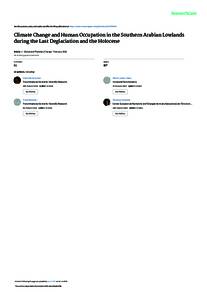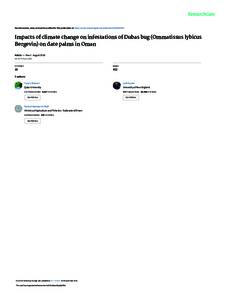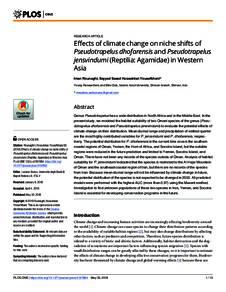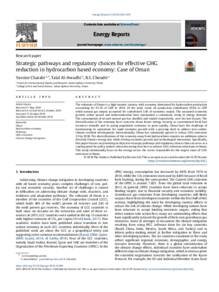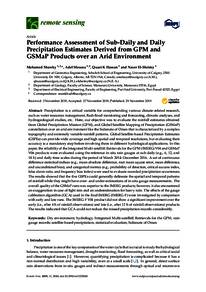Document
Climate change and human occupation in the Southern Arabian lowlands during the last deglaciation and the holocene.
Identifier
DOI: 10.1016/j.gloplacha.2010.01.016
Contributors
Robert, Christian., Author
Cleuziou, Serge., Author
Inizan, Marie-Louise., Author
Braemer, Frank., Author
Saliège, Jean-François., Author
Sylvestre, Florence., Author
Tiercelin, Jean-Jacques., Author
Crassard, Remy., Author
Méry, Sophie., Author
Charpentier, Vincent., Author
Steimer-Herbet, Tara., Author
Publisher
Elsevier.
Gregorian
2010-07
Language
English
English abstract
Paleohydrological and archaeological evidence from the Southern and South-Eastern Arabian Peninsula reveal strong relations between phases of human settlements and climate change linked to the Indian monsoon system. During the early to mid-Holocene, large fresh-water lakes extended in the lowland deserts of Ramlat as-Sab'atayn (Yemen) and Wahiba Sands (Oman), which were very similar to those occurring in the North, in the Rub' al-Khali (Saudi Arabia), at that time. Many archaeological sites, characterized by scattered stone artefacts, ostrich-eggshells and bones around hearths, are related to this lacustrine phase, which culminated around 10. 000-8000. cal yr B.P. in the lowland deserts before the lakes progressively dried up. The last record of fresh-water bodies' extensions date back 7300. cal yr B.P. at Shabwa (Yemen) and 7500. cal yr B.P. at al-Haid (Oman). Then, fresh-water was probably available only from seasonal run-off from adjacent highlands, where paleolakes persisted into the late Holocene. Dry climate conditions in the inland desert of Yemen during the late Holocene coincide with a phase of intensive human inhabitation as testified by development of irrigation in the piedmontane areas, numerous necropolises of built collective burials and houses.
Member of
ISSN
0921-8181
Resource URL
Category
Journal articles

